Emilio Vedova - Original Lithograph Abstraction 1961 XXe Siecle Dimensions: 32 x 24 Edition: G. di San Lazzaro. Emilio Vedova B. 1919, VENICE; D. 2006, VENICE, ITALY Emilio Vedova was born on August 9, 1919, in Venice. Essentially a self-taught artist, he joined the Milanese anti-Fascist artists’ association Corrente (Current, 1938–43), which also included Renato Birolli, Renato Guttuso, Ennio Morlotti, and Umberto Vittorini, around 1942. Vedova participated in the resistance movement from 1943 to 1945. In 1946 in Milan he collaborated with Morlotti on the manifesto “Oltre Guernica” (Beyond Guernica) and was a founding member of the Fronte Nuovo delle Arti (New art front, 1946–50), in Venice. He described his paintings of this period as Geometrie nere (Black geometries). Vedova’s first U.S. solo show was held at the Catherine Viviano Gallery, New York, in 1951. That same year he was awarded the prize for young painters at the first São Paulo Biennial. In 1952 he participated in the Gruppo degli Otto Pittori Italiani (Group of eight Italian painters, 1952–54), organized by Lionello Venturi, and exhibited at the Venice Biennale (following his 1948 debut). Vedova was the Italian representative at the first Documenta, Kassel, West Germany, in 1955 (again exhibiting in 1964) and won a Guggenheim International Award in 1956. He executed his first lithographs in 1958, the year he went to Poland for his retrospective at the Muzeum Narodowe, Poznań, and the Zachęta Narodowa Galeria Sztuki, Warsaw. In 1959 he exhibited his large L-shaped canvases, a cycle of work called Collision of Situations (Scontro di situazioni), in an environment created by Carlo Scarpa for Vitalità nell’arte (Vitality in art), which opened at the Palazzo Grassi, Venice, and traveled to the Stedelijk Museum, Amsterdam. This led to the first Multiples (Plurimi, 1961–65): freestanding, hinged, and painted sculpture-paintings made of wood and metal. Vedova was awarded the Grand Prize for painting at the 1960 Venice Biennale, the year in which he created moving light sets and costumes for Luigi Nono’s opera Intolleranza ’60. Vedova worked at the Deutsche Akademischer Austausch Dienst, Berlin (1963–65); Internationale Sommerakademie, Salzburg, Austria (1965–69, 1988); and Accademia di belle arti, Venice (1975–86). In 1965 and 1983 he traveled in the United States, where he lectured extensively. For the Italian Pavilion at Expo 67, Montreal, he created a light collage using glass plates to project mobile images across a large asymmetric space. After the late 1970s, he experimented with a variety of techniques and formats such as the mobile works on steel rails (Binary-Multiples [Plurimi-Binari]), monotypes, double-sided circular panels (Disks [Dischi]), and large-scale glass engraving. In 1995 he began a new series of multifaceted and manipulable painted objects called Disk-Multiple (Disco-Plurimo). In 2005 he created a new group of monotypes, Spaces/Opposite (Spazi/Opposti), which was exhibited at the Peggy Guggenheim Collection, Venice, the following year. In the last ten years of his life, Vedova’s contributions to art were recognized with numerous solo exhibitions as well as distinguished prizes, including the title of Cavaliere di Gran Croce della Repubblica Italiana (1996) and the Golden Lion for Lifetime Achievement at the Venice Biennale (1997). Vedova continued to actively experiment in painting and printmaking until he died on October 25, 2006, in Venice.
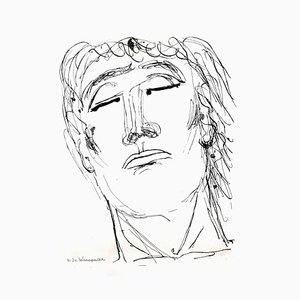
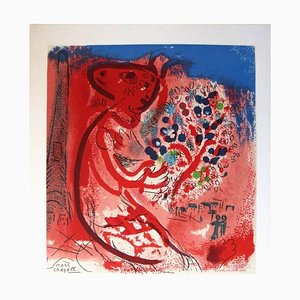
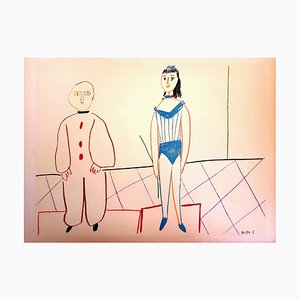

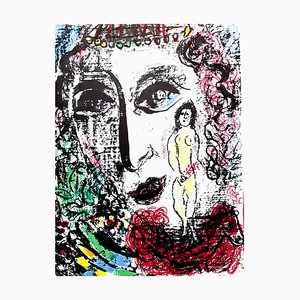
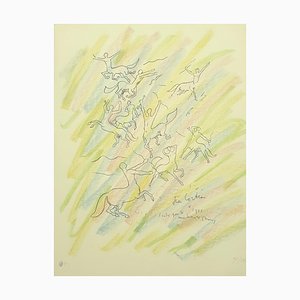
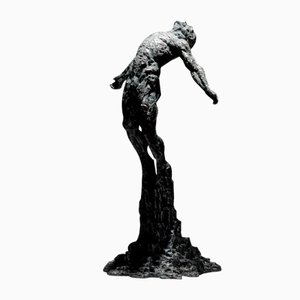
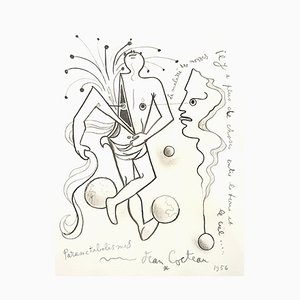
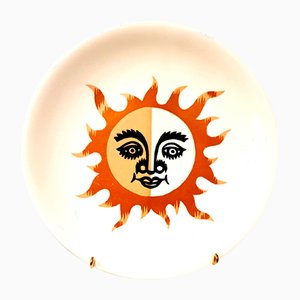
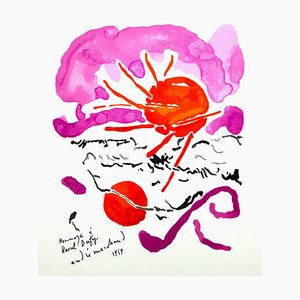
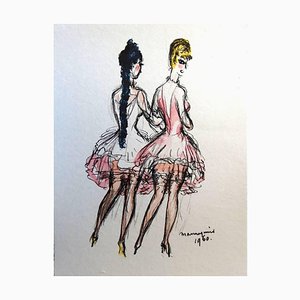
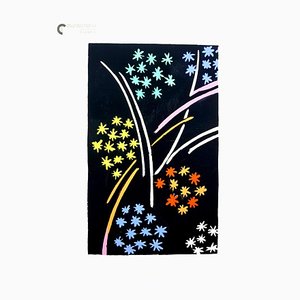


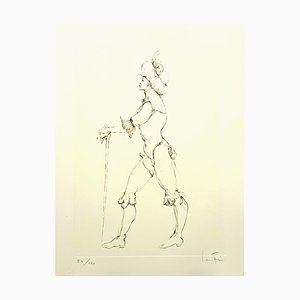
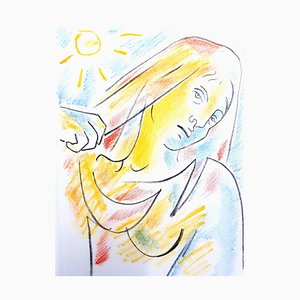
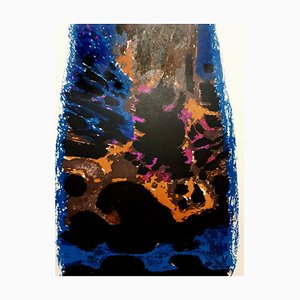
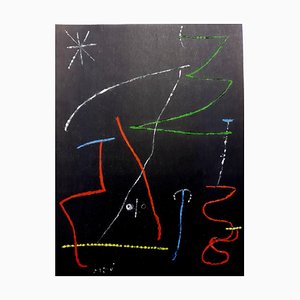
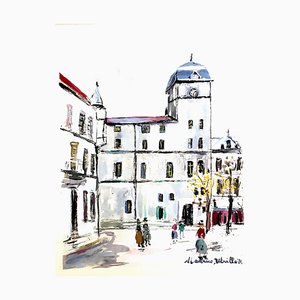

Get in Touch
Make An Offer
We noticed you are new to Pamono!
Please accept the Terms & Conditions and Privacy Policy
Get in Touch
Make An Offer
Almost There!
To follow your conversation on the platform, please complete the registration. To proceed with your offer on the platform, please complete the registration.Successful
Thanks for your inquiry, someone from our team will be in touch shortly
If you are a Design Professional, please apply here to get the benefits of the Pamono Trade Program